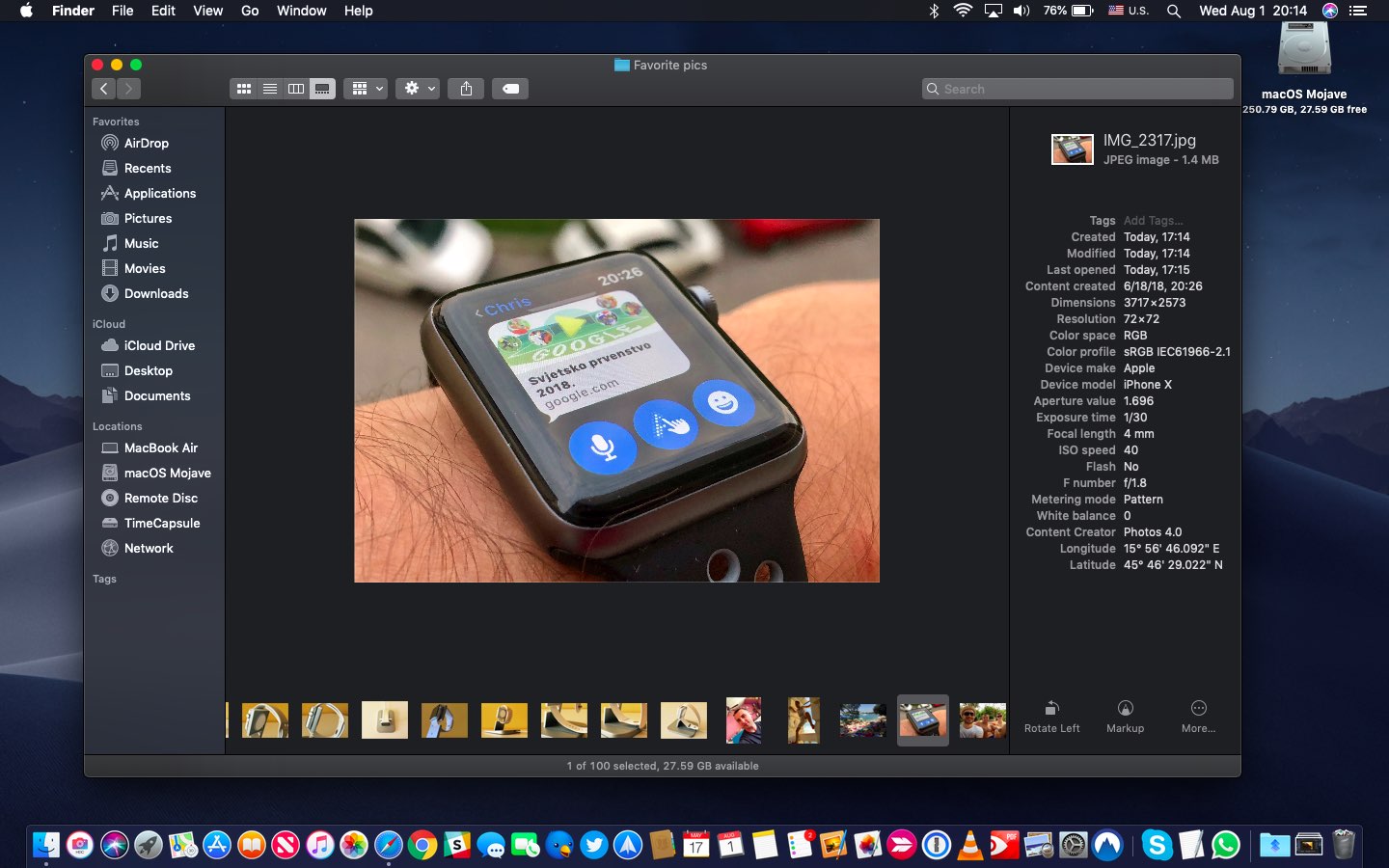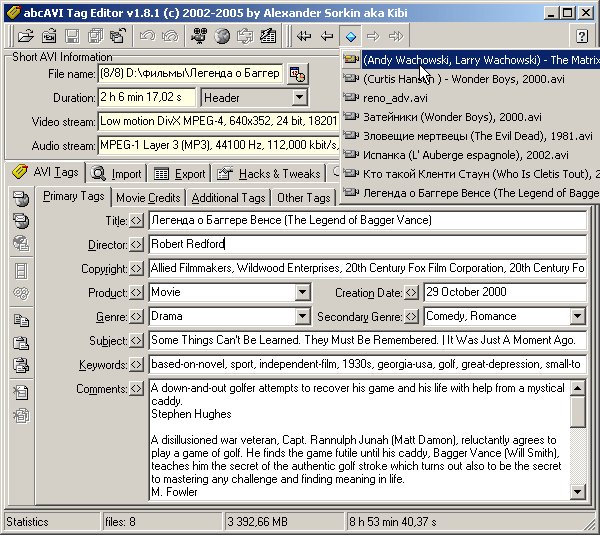


Although displayed here, when present, it is not controlled by the user in the way that Finder Tags are, but attached to downloaded files by the app or service which downloads them. The next extended attribute is found in More Info, where the Where from entry is taken from the extended attribute of type :kMDItemWhereFroms. MacOS has many more standard attributes to display, and most of the more important ones follow in the General section. Indeed, they are the only extended attribute over which the user is given complete control. I have explained here how they work, using extended attributes. These can be very useful metadata which you can customise, and control in the Finder. text which are helpful to the system and meaningful to humans.īelow the name, size, and datestamp of last modification, macOS shows any Finder Tags.
#Movie meta tagging for mac full#
If you want to make full use of macOS, use extensions such as. Extensions don’t have to be MS-DOS-style and limited to three characters.
#Movie meta tagging for mac mac os#
Classic Mac OS didn’t use extensions (or, rather, they didn’t mean anything to it, as it typed files according to the Finder Info), and there is still resistance from some users. The filename and its extension are the most fundamental attributes of a file, and key metadata. The best place to start examining metadata is in the Finder’s Get Info dialog, which provides the most ready access to much of the metadata for each file. Although the author information can be embedded in the text itself, when it is attached as a separate piece of information, it becomes metadata.

It can be very simple: a plain text file can have attached metadata containing details of the author, and inevitably has basic file attributes such as the date that it was created. Metadata means information about the data in a document, as opposed to the content of the document itself. This article looks at some of the most commonly-encountered metadata associated with Mac documents, explains where it is stored, and how it can be altered. There seems to be some confusion as to what metadata is, and where it is stored.


 0 kommentar(er)
0 kommentar(er)
